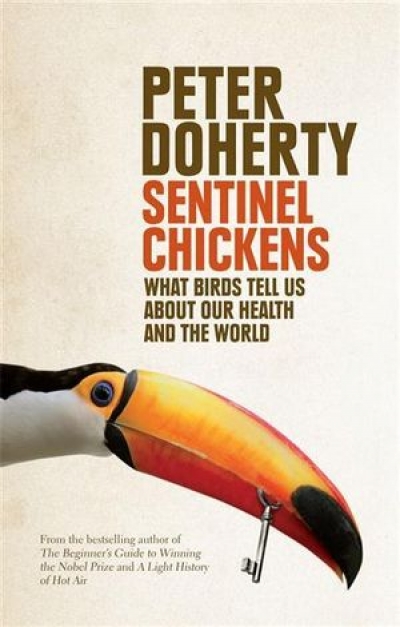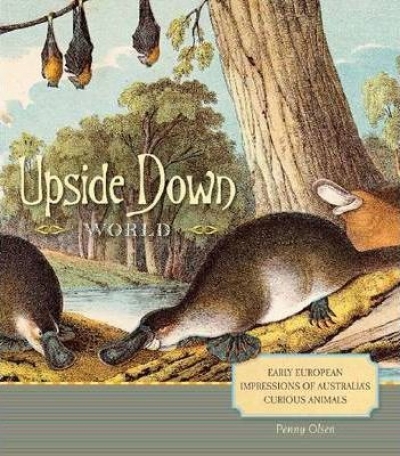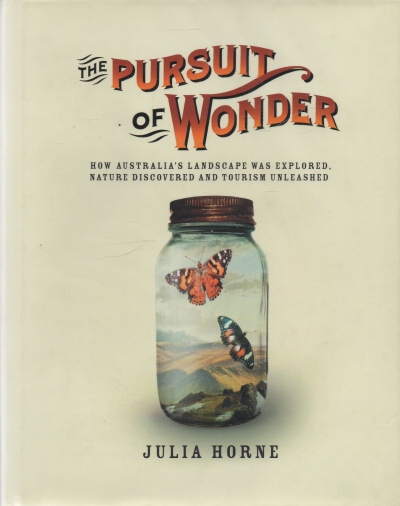Natural History
Sentinel Chickens: What Birds Tell Us about Our Health and the World by Peter Doherty
by Peter Menkhorst •
Antarctica: That Sweep of Savage Splendour edited by Alasdair McGregor
by James Bradley •
The Business of Nature: John Gould and Australia by Roslyn Russell
by John Thompson •
Upside Down World: Early European Impressions of Australia’s Curious Animals by Penny Olsen
by Peter Menkhorst •
The Water Dreamers: The remarkable history of our dry continent by Michael Cathcart
by Rosaleen Love •
Tasmanian Devil: A Unique and Threatened Animal by David Owen and David Pemberton
by Emily Fraser •










